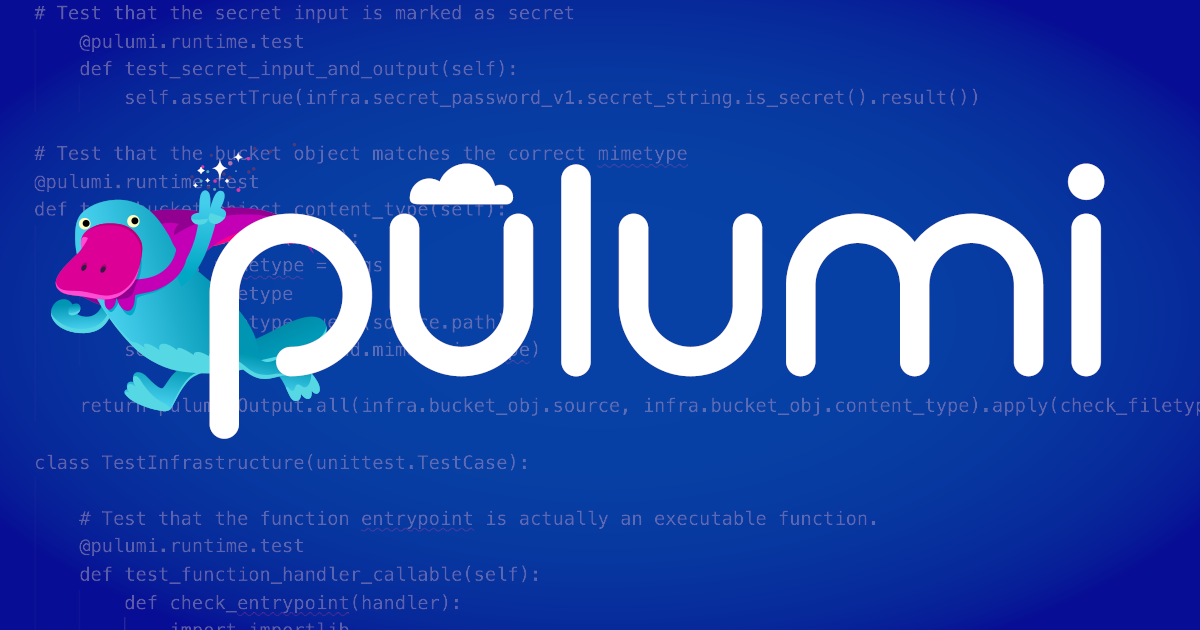Demos from the Multi-Language Component Hackathon

At Pulumi, we have a tradition of hosting hackathons every so often to play with concepts and ideas that we may not typically encounter in our day-to-day product building activities. This past week, we’ve had two separate back-to-back hackathons. Our first hackathon, which was open to the community, focused on using our new multi-language component capabilities. Multi-language components allow developers to author reusable infrastructure abstractions in one language and make them available to others in all the languages that Pulumi supports. We were really excited to see what everyone would build!


